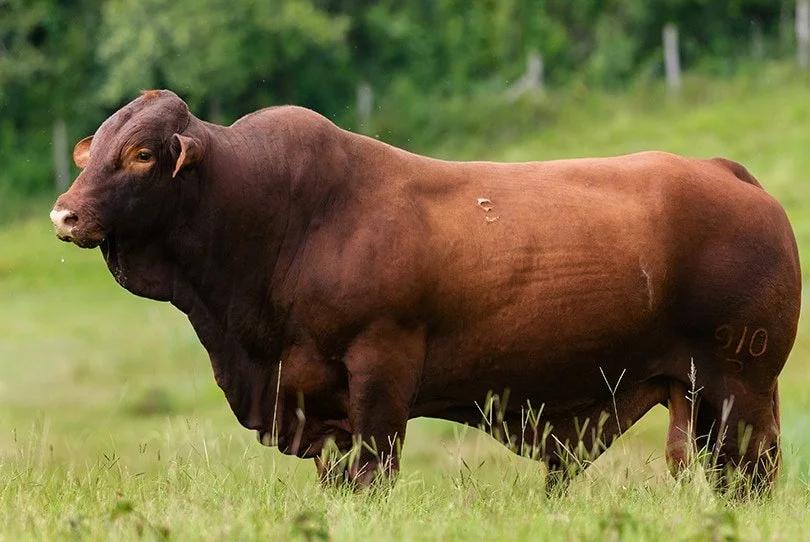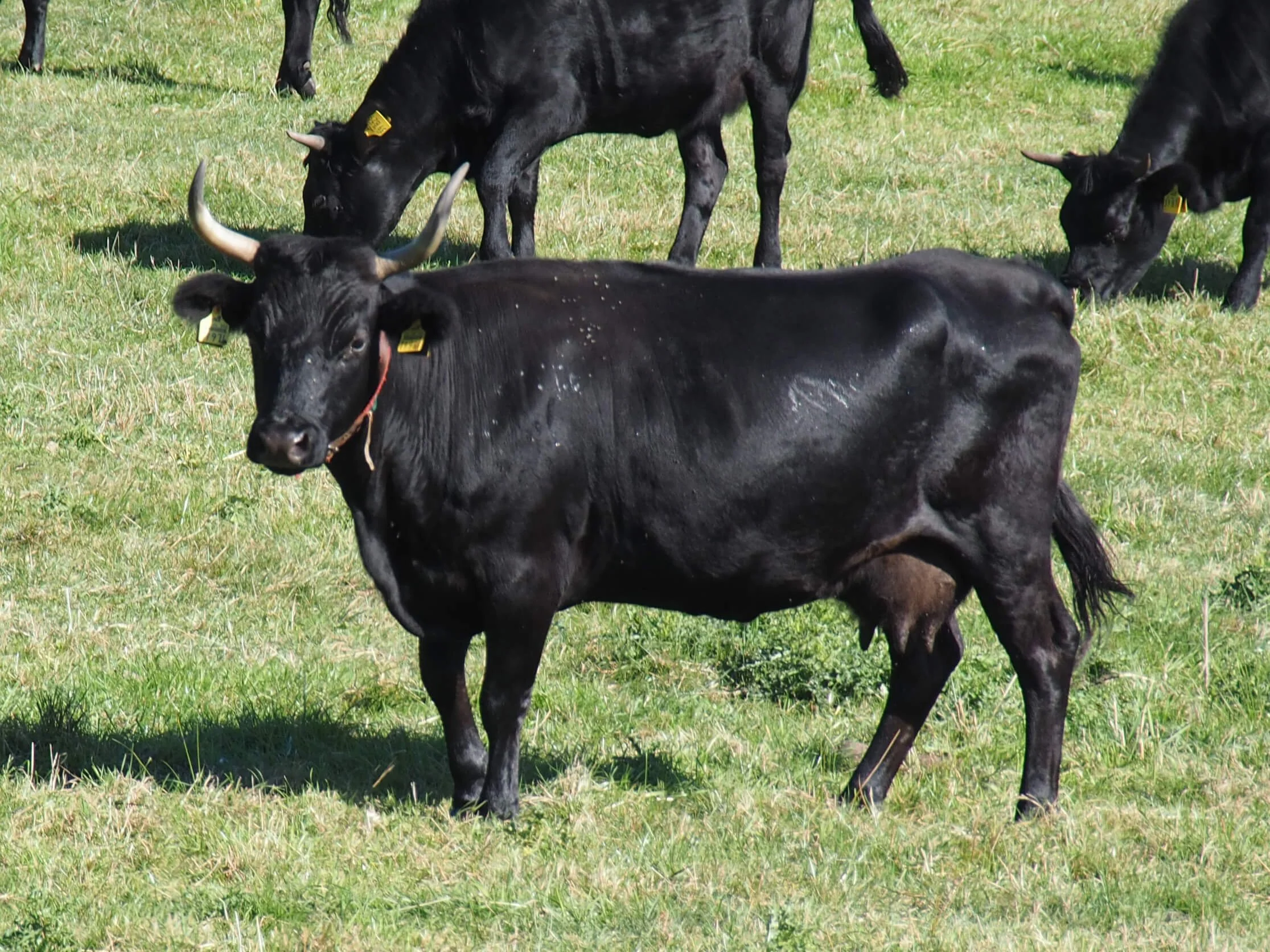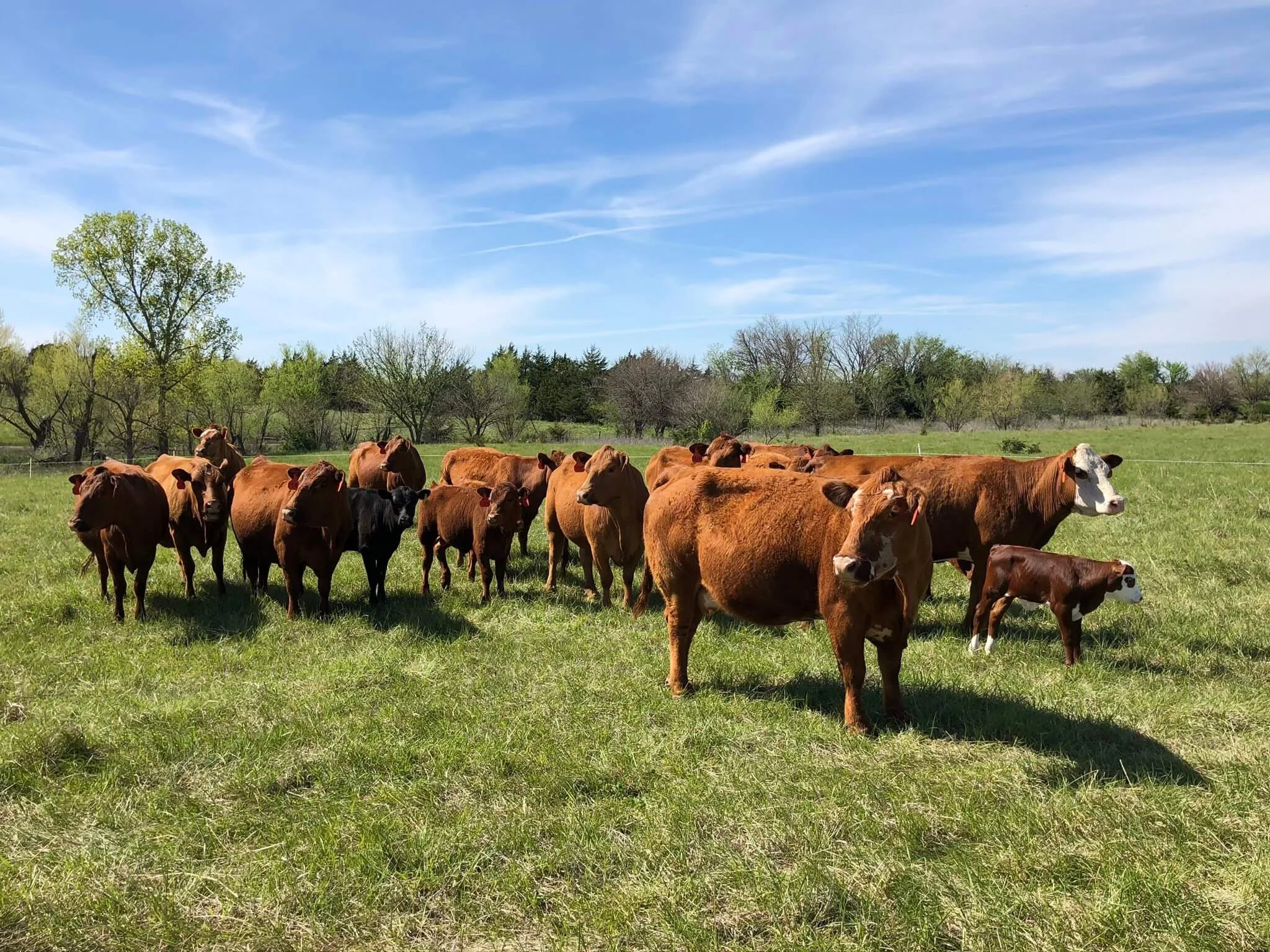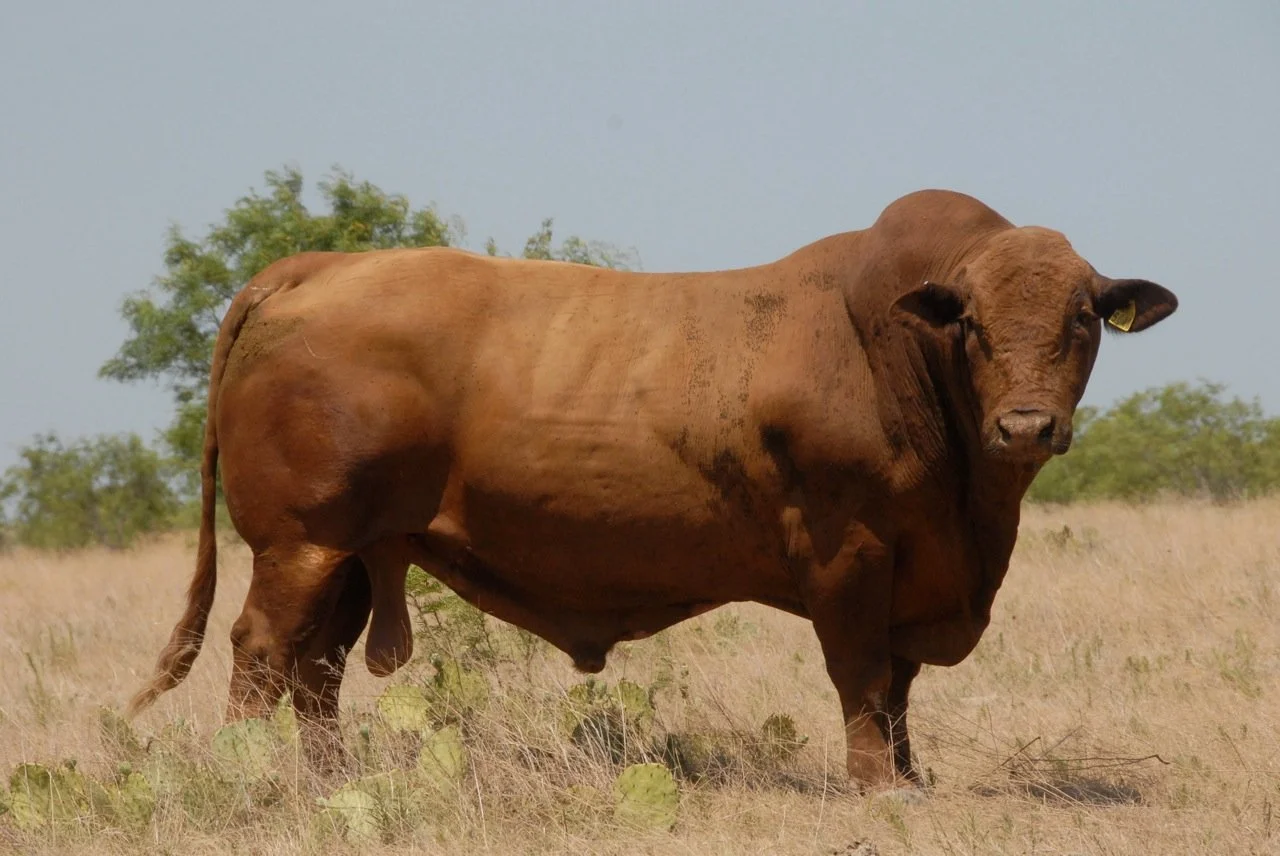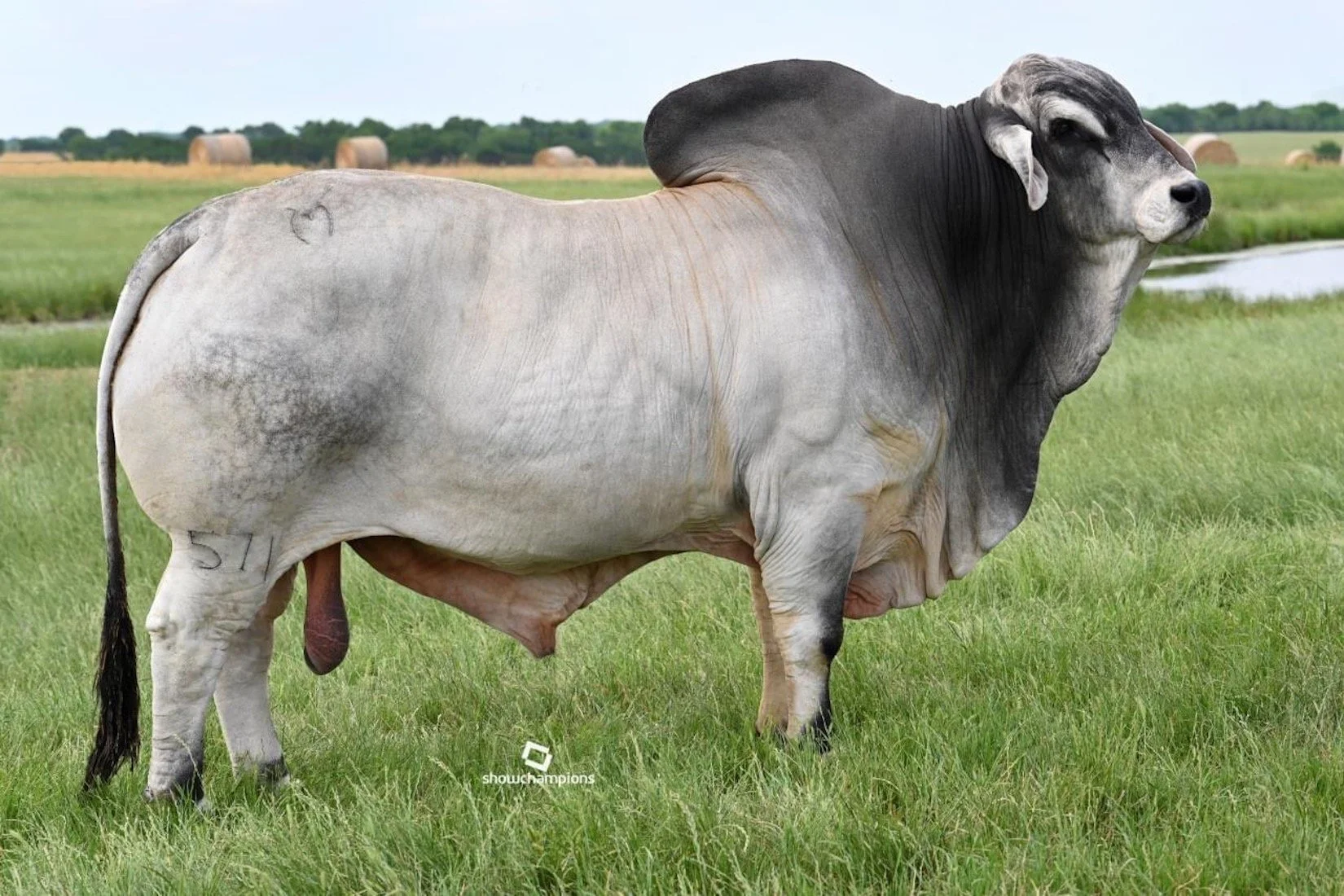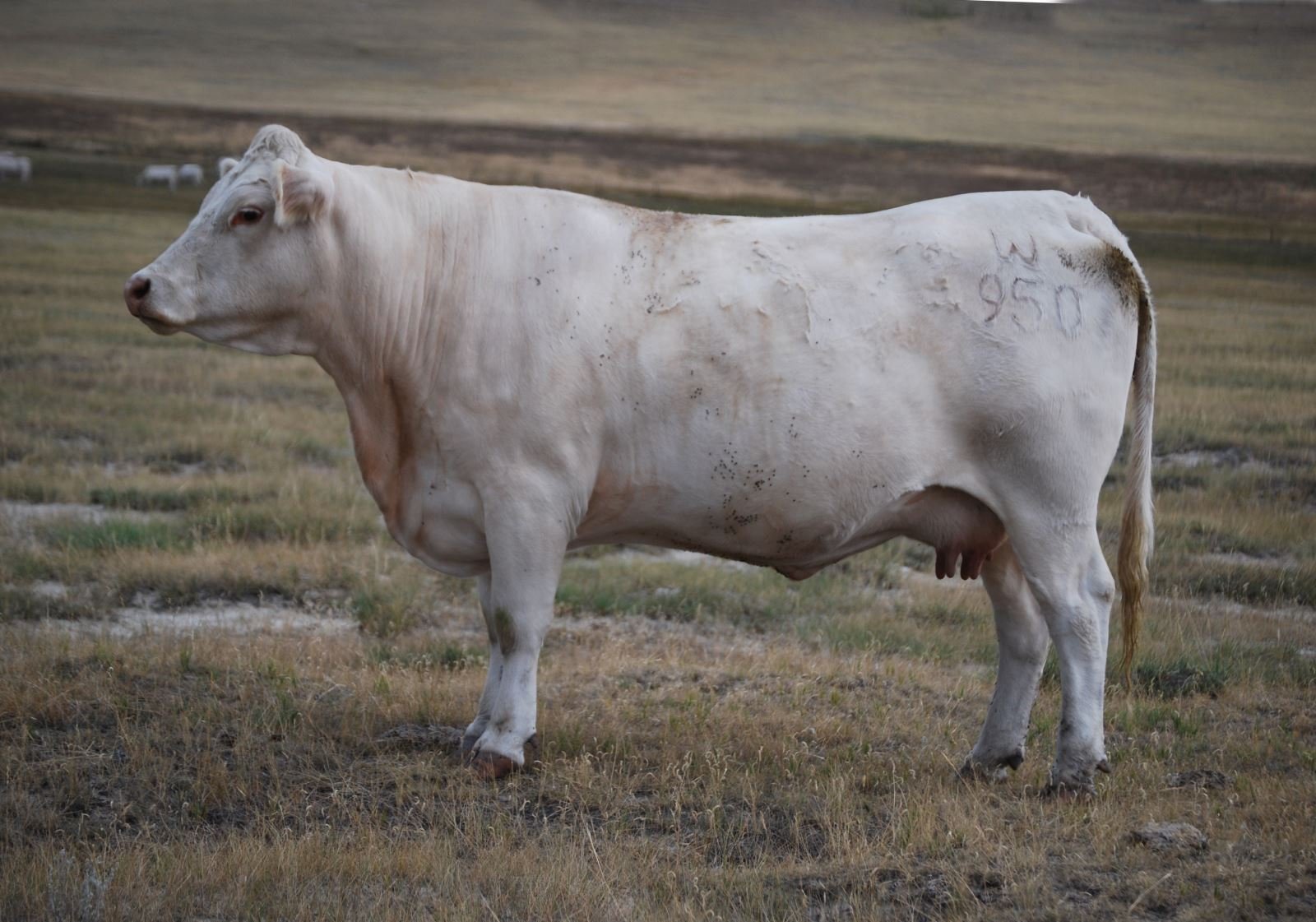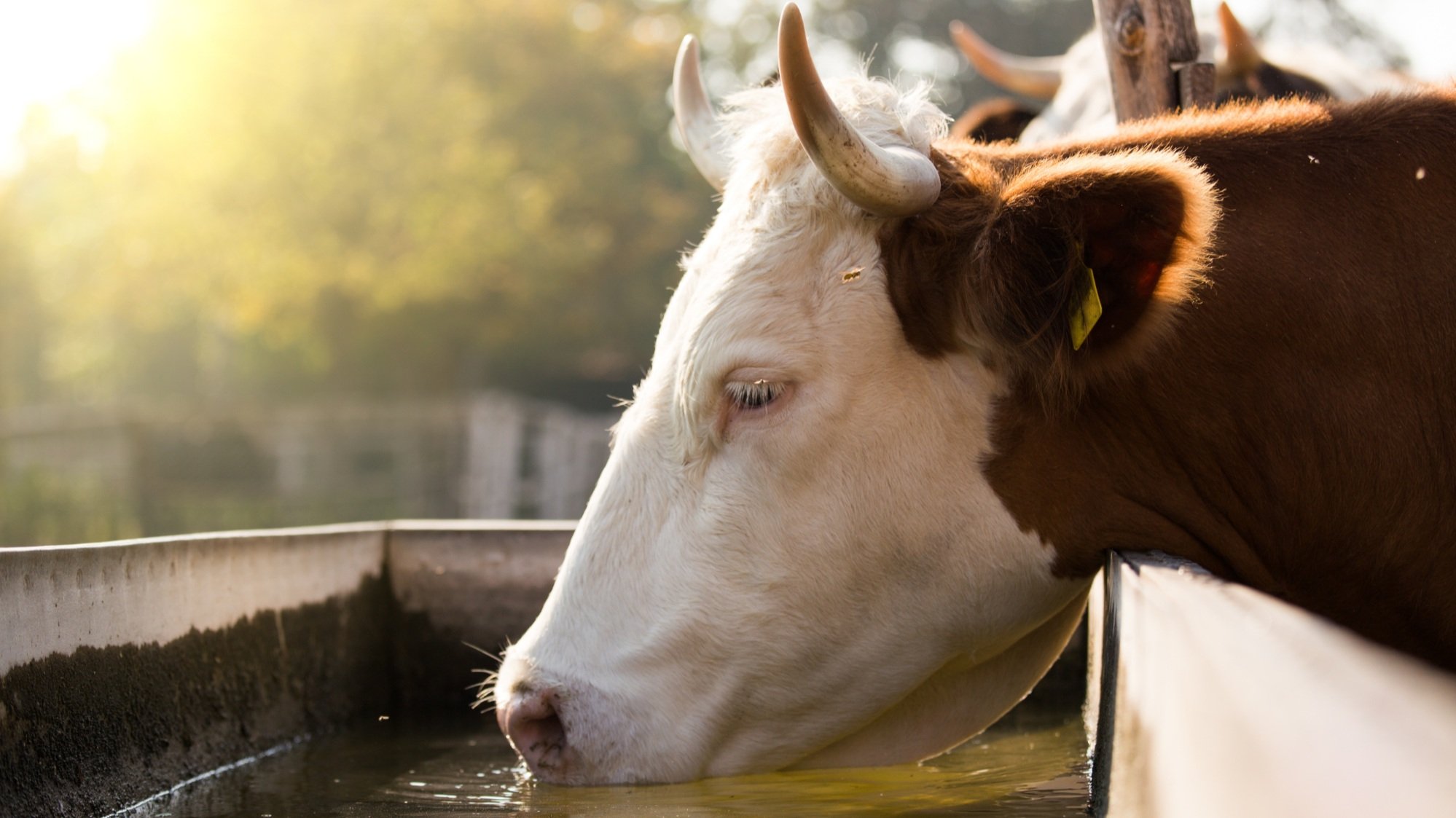Raising Cattle & Beef
Raising beef (how long does beef last?) cattle can bring you numerous rewards. Whether you plan to raise beef cows to satisfy your family's T-bone steak cravings or to sell them to a larger market, you might assume that you need extensive land. But that's not true. It's entirely possible to raise a beef cow on limited acreage, as long as you take the right approach. According to the general estimate by the USDA's Natural Resources Conservation Service, it typically requires about one and a half to two acres to provide enough food for a cow-calf pair for one year (12 months). So, with careful planning and proper management, you can successfully raise beef cattle on smaller land areas.
Raising cattle is a great way to ensure your family has a reliable source of fresh beef. It can be a rewarding experience, but it also requires careful planning, commitment, and hard work. For homesteading beginners, it can be daunting to start from scratch, but don’t worry, you’ll be ready to raise healthy and happy cattle in no time.
Understanding the Breeds of Cattle
There are many breeds of cattle, but they can be categorized into two main types: beef and dairy. Beef cattle are raised for meat, while dairy cattle are primarily raised for milk. If you’re looking to raise cattle for meat, the beef breeds are what you should be looking at. Some of the common breeds include Angus, Hereford, Charolais, and Limousin. Each breed has different characteristics, such as size, temperament, and adaptability to different environments. Consider the breed that best suits your needs and environment.
Choosing the Right Land and Facilities
When raising cattle, it is essential to have enough land for them to roam and graze. The size of your land will depend on how many cattle you plan to raise. You’ll also need proper facilities to help manage your cattle, such as a barn, a milking parlor, and feeding and watering stations. Ensure the facilities are clean, easy to maintain, and comfortable for the animals. Proper ventilation, lighting, and temperature regulation are critical, as well.
Feeding and Care
To raise healthy cattle, you’ll need to feed them a nutritious and well-balanced diet. They need water, protein, carbohydrates, and fats to thrive. Providing hay, grains, and minerals to their diet would help balance the nutrients they need. Additionally, to keep your herd healthy, you’ll need to maintain their hygiene, provide healthcare, and frequent check-ups by a veterinarian.
Breeding and Reproduction
Breeding and reproduction are essential to maintaining your herd and ensuring its steady growth. Cows can start breeding at around 15 months, and the gestation period is nine months. Keep accurate records of breeding dates, as well as artificial insemination, to plan properly for the new arrivals. The offspring need ample care and nourishment for the first few months of their lives.
Marketing and Selling Your Beef
After successfully raising your cattle, you’ll need a market for your meat. You can sell your beef to local restaurants, grocery stores, and directly to consumers. Ensure the meat is of high quality and meets the standards set by regulatory bodies in your area. Partnering with trusted distributors can also open up new opportunities to succeed in the beef market.
Raising cattle can be a fulfilling endeavor, and a crucial way to provide healthy meat to your family or community. We've just covered all the critical aspects to help you start and succeed in raising cattle. Starting a cattle farm requires hard work, patience, and dedication, and it can bring you excellent rewards both financially and emotionally. Always stay committed, keep learning, and you can build a thriving beef cattle farm.
What Does A2/A2 Mean in Cows
Uncover the meaning and significance of A2/A2 in cows, and its impact on dairy products. Gain insights into the differences between A1 and A2 milk proteins, empowering you to make informed choices about dairy consumption for improved well-being.
Cattle Ear Tagging
Unlock the secrets to successful cattle ear tagging with this guide to efficient methods and best practices. Learn how to properly apply ear tags to manage your herd effectively, track health data, and comply with livestock regulations.
Discover the Joys of Miniature Cattle Breeds for Your Small Farm
Dreamt of owning a unique farm pet? Explore the world of miniature cattle! Discover their history, benefits, and why these adorable mini cows are gaining popularity among farm enthusiasts and hobbyists.
How to Create a Cattle Pasture: Expert Guide for Optimal Grazing
Learn the essentials of setting up a sustainable cattle pasture, from soil assessment to forage selection. Ensure a balance between livestock nutrition, environmental health, and pasture longevity.
Cattle Shed Design for a Small Herd: Efficient and Practical Solutions
Dive into cattle shed design essentials tailored for small herds. From dairy to beef cattle operations, discover how optimized shed layouts enhance cattle health, productivity, and overall farm success.
How Much Hay Do Cows Eat? A Comprehensive Guide
Discover how much hay cows need daily considering weight, age, breed, and more. Understand the importance of hay consumption for cattle health and farm financials.
How to Butcher a Cow: Step-by-Step Guide for Beginners
Butchering a cow requires precision, knowledge, and respect for the animal. Learn how to properly butcher a cow with our step-by-step guide, perfect for beginners who raise their cattle or want a closer connection to the meat they consume. This process ensures the highest quality meat for consumption and supports a sustainable and self-sufficient lifestyle.
Raising Santa Gertrudis Cattle: Tips and Techniques for Success
Learn the tips and techniques for successfully raising the hardy, disease-resistant Santa Gertrudis cattle—a hybrid breed of zebu and European descent that can thrive in challenging environments. Find out why this breed has been a popular choice among ranchers since its development by the King Ranch in Texas more than 100 years ago.








